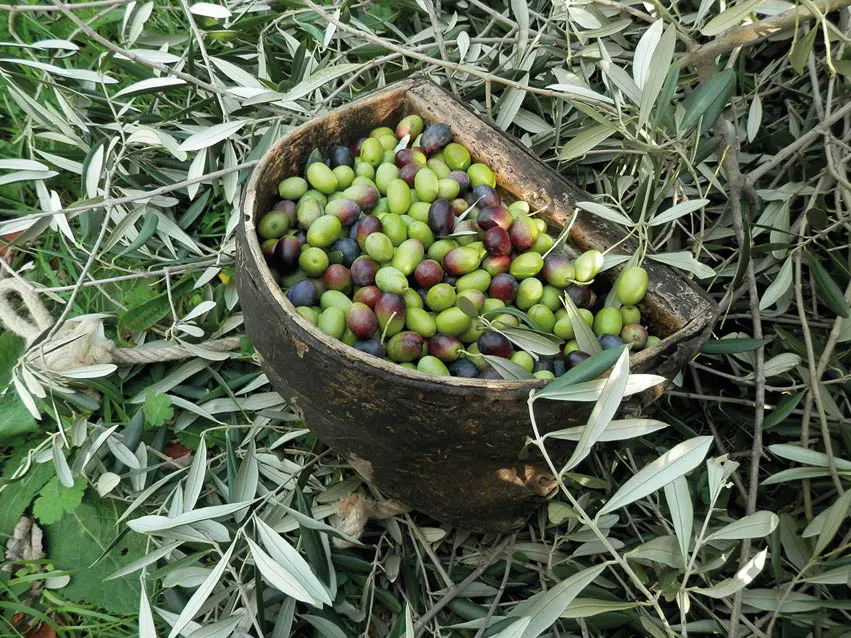Punjab Agriculture Secretary Nadir Chattha said that practical steps were being taken to transform the Pothohar region into an olive valley in a true sense.
Presiding over a meeting here, he said a plan was being prepared for olive cultivation on another 5,000 acres in the Pothohar region. Apart from this, a plan to provide 10 modern extraction plants for olive oil extraction was under consideration, he said. He said that 300 kg of oil extraction within one hour would be carried out by these plants and with the use of modern oil extraction plants, oil of high quality and according to international standards would be obtained. By importing modern extraction plants, the farmers of Pothohar Oil Development Zone would be able to get full benefit, he added. In the meeting, Secretary Agriculture, Punjab Nadir Chattha assigned the task to the relevant formations to conduct a complete survey of olive groves in Pothohar region. The secretary was told that a complete survey of the total olive plants in the field was being conducted. As a result of the survey, information about the average age of the plants and the average yield per plant would be available and the gardeners would be able to get information about the olives. Healthy and good-sized plants would be provided. Healthy nursery plants would perform well in the field. Plants in the nursery would be certified by the Federal Seed Certification and Registration Department.
Olive cultivation and oil production is an area in Pakistan’s agro-based economy with untapped potential which can help reduce foreign exchange expenditure on imported edible oil, according to local farmers.
The fields of Punjab and its sunny winters make many regions suitable for olive cultivation, which requires a warm and temperate environment. The Pothohar region has a most suitable climate. Wild olives are found abundantly strewn across the Kallar Kahar, Khora, Mandial and Kunhati Bagh areas, as well as the Kufri villages. Several farmers from Sten region said that the olive tree is a “hardy and evergreen tree” that can grow in all types of soil except in saline soil and in areas with stagnant water. Its roots do not extend deep underground, which makes it possible to be cultivated even in hilly areas.
According to a farmer, Malik Ameer Awan, cultivation of commercial olive varieties such as Ottobratica, Coratina, Frantoio, Leccino and Mirailo in the valley can help generate an annual income of about Rs6 billion. While olive plants usually begin to bear fruit in four to five years, each of them can be farmed for commercial production for about 20 years.
However, for a good yield, quality means such as modern irrigation systems, proper drainage and adequate fertilisers are required. Following the harvest, processing of the olive fruits is also essential since it naturally has a bitter taste. Olives are either fermented or washed with brine to remove its bitterness, after which it can be preserved either in its original state or as paste. For olive oil extraction it is essential to pick the fruits when they take a shade that is half green and half purple. A hydraulic press or a centrifugal machine is used for oil extraction.










